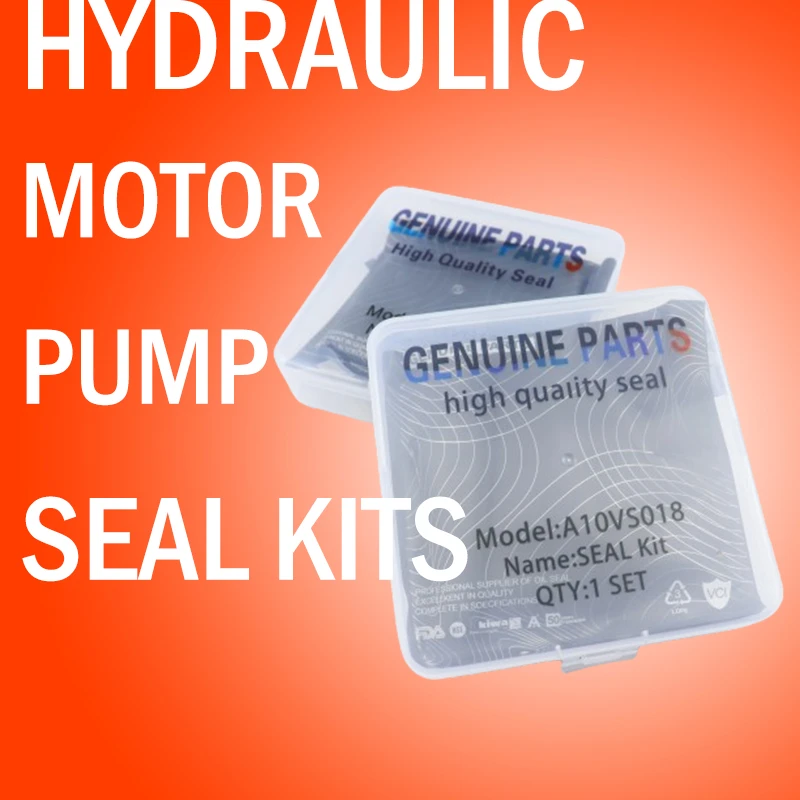Aug . 08, 2024 07:55 Back to list
Understanding the Importance and Functionality of Hydraulic Seals in Fluid Power Systems
Understanding Hydraulic Seals Function, Types, and Applications
Hydraulic seals play a crucial role in the functionality and efficiency of hydraulic systems. These seals prevent fluid leakage between components, ensuring that hydraulic systems operate effectively and reliably. With the growing use of hydraulic equipment in various industries, understanding the different types of hydraulic seals, their functionality, and applications is essential for engineers, technicians, and anyone involved in the maintenance and operation of hydraulic systems.
What are Hydraulic Seals?
Hydraulic seals are designed to prevent the escape of hydraulic fluid in systems that use liquids under pressure to transmit power. They can be classified broadly into two categories static seals and dynamic seals. Static seals are used in applications where there is no relative motion between the parts being sealed, while dynamic seals are designed for moving components. Various materials, such as rubber, polyurethane, and metal, are used to manufacture these seals, and they are engineered to withstand high pressures, temperatures, and aggressive chemicals.
Types of Hydraulic Seals
1. O-Rings These are circular seals that are placed in a groove and compressed when two mating surfaces are joined. O-rings are commonly used due to their simplicity and effectiveness in static and dynamic applications.
2. Rod Seals Designed for hydraulic cylinders, rod seals are responsible for sealing the rod as it moves in and out of the cylinder. They prevent fluid from leaking out of the cylinder while minimizing wear on the rod.
3. Piston Seals These seals fit into the piston of a hydraulic cylinder to prevent fluid from leaking between the piston and the cylinder walls. Piston seals can endure high pressure and ensure efficient operation.
4. Wipers Also known as dust seals, wipers are designed to prevent dust, dirt, and debris from entering the hydraulic cylinder and causing damage to the seals and components.
hydraulic seal

5. Backup Rings Used in conjunction with O-rings, backup rings support the O-rings at high pressures, preventing them from extruding or becoming damaged during operation.
Functionality of Hydraulic Seals
The primary function of hydraulic seals is to ensure that hydraulic fluid remains contained within the system. This containment is critical for maintaining pressure and, consequently, the power necessary for hydraulic operations. Effective sealing prevents leaks, which can lead to loss of fluid, reduced efficiency, and potential system failure. Additionally, hydraulic seals protect internal components from contaminants, ensuring the longevity and reliability of the equipment.
Applications of Hydraulic Seals
Hydraulic seals are utilized in a vast array of applications across different industries. In manufacturing, they help in powering machinery such as presses, molds, and other equipment that rely on hydraulic systems. In the automotive industry, they are found in brake systems, power steering, and suspension systems, where reliable sealing is imperative for safety and performance. Agricultural and construction equipment, including tractors and excavators, also rely on hydraulic seals to function optimally and prevent leaks that could cause operational failures.
As technology continues to evolve, the demand for high-performance hydraulic seals is increasing. Innovations in materials and design have led to seals that are more durable, resistant to wear, and capable of operating under extreme conditions. Such advancements ensure that hydraulic systems remain efficient and effective, meeting the growing demands of various industries.
Conclusion
In conclusion, hydraulic seals are integral components of hydraulic systems that serve to prevent fluid leaks and protect internal mechanisms. Understanding the different types of seals, their functionality, and applications is vital for maintaining the efficiency and reliability of hydraulic equipment. As industries continue to advance, the role of hydraulic seals will only become more prominent, making knowledge in this area essential for anyone involved in hydraulic system design and maintenance.
-
Cassette Seal 15018014.5/16 Hub Oil Seal | OEM Quality 000051785
NewsAug.31,2025
-
DKBI Hydraulic Wiper Seal 20x32x6/9 | Dustproof & Standard Oil Seal
NewsAug.30,2025
-
Eaton 5423 6423 Motor Repair Seal Kit: Premium Quality & Fit
NewsAug.29,2025
-
25x47x7 High Quality Tcv Oil Seal for Hydraulic Pump
NewsAug.28,2025
-
Wiper Oil Seal: Our Commitment to Clean Hydraulics
NewsAug.13,2025
-
Hydraulic Oil Seal for Self Discharging Cars
NewsAug.13,2025
-
Hub Oil Seal for Agricultural Tractor Hubs
NewsAug.13,2025
Products categories
















